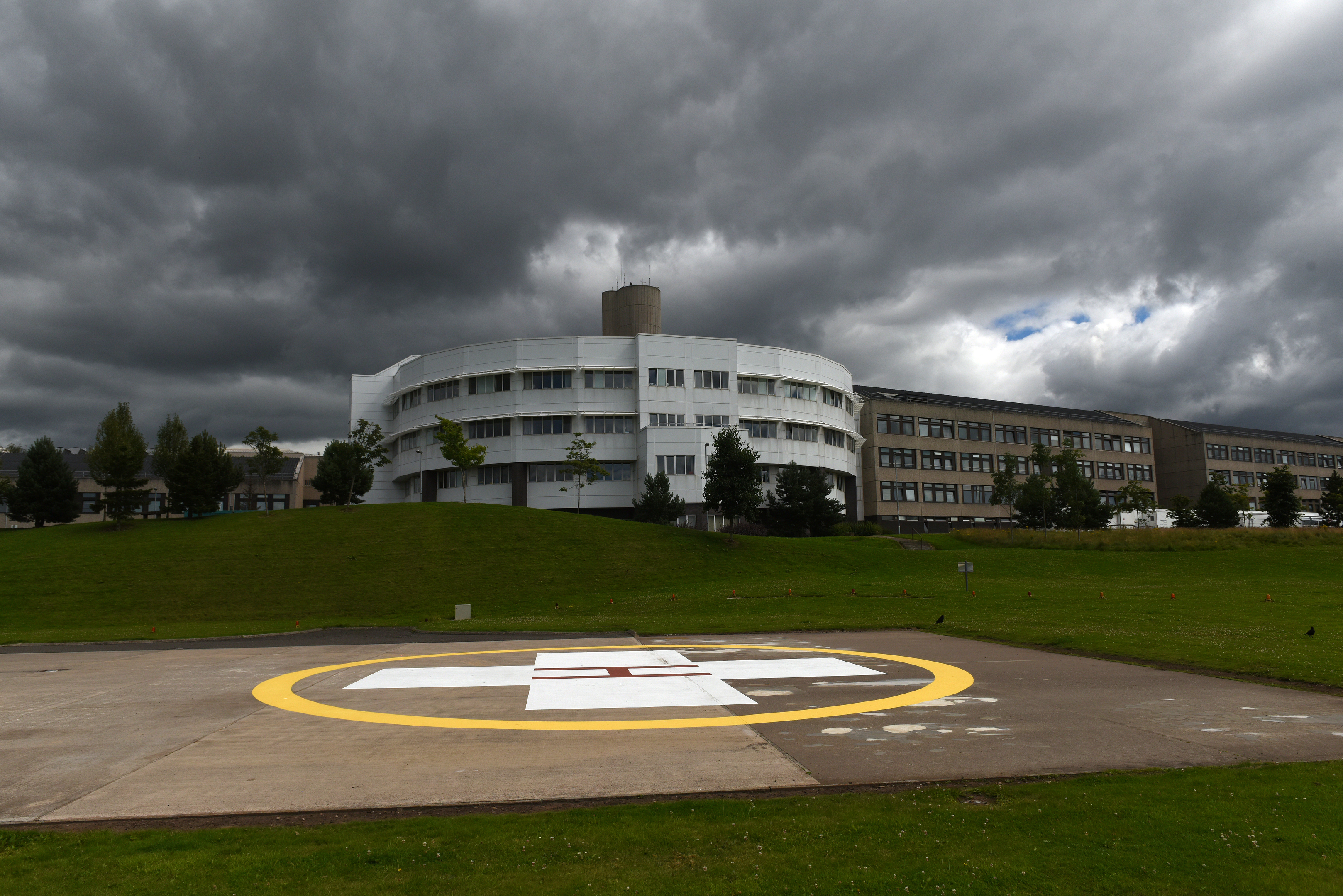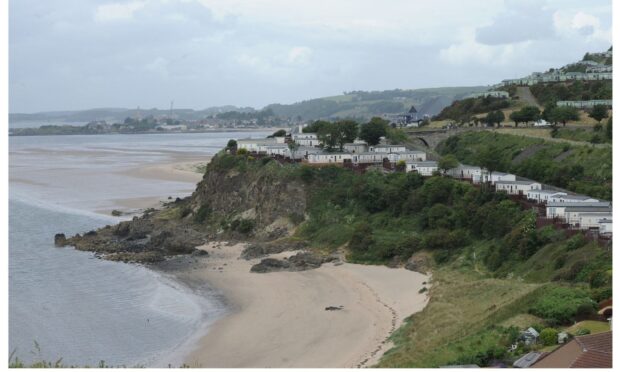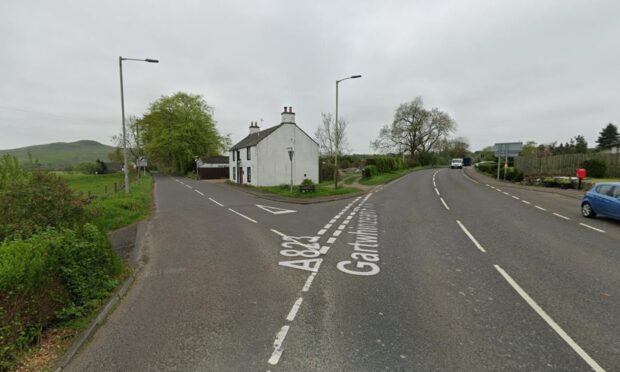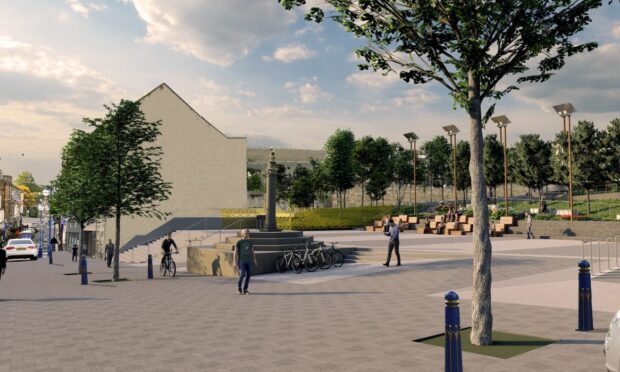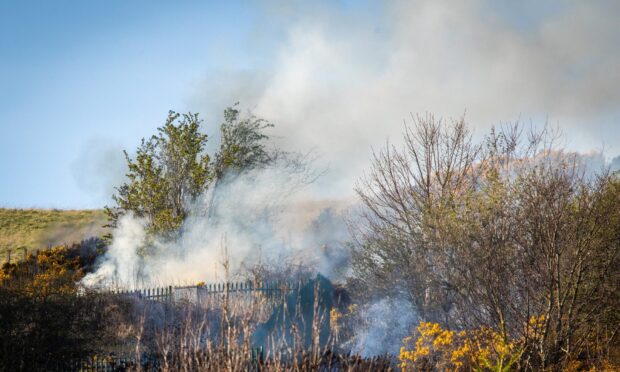Almost 32,000 Fifers had to travel outside the Kingdom to receive NHS treatment, new figures have revealed.
Last year, more than 225,000 people in Scotland – requiring a variety of treatments – were taken to different parts of the country for care.
That accounts for around 10% of all patients in 2015/16, meaning more than 600 people a day are travelling sometimes hundreds of miles to access the NHS.
Geographically, there was huge disparity in the number of patients forced to travel, particularly in smaller health board areas with fewer specialist services.
But the data also reveals that 14.5% of new outpatient attendances in Fife, totalling 17,158 people in the major health board, were sent elsewhere.
Tayside performed comparatively strongly, with more than 90% of patients being treated locally in every area measured.
It is the first time ISD Scotland has published statistics on “cross boundary flows”, and covers new outpatient attendances, day cases, elective and non-elective patients.
Scottish Conservative shadow health secretary Donald Cameron said: “There will always be cases where travelling is the best thing medically for a patient, just as there will also be those who choose to go elsewhere to access quicker care.
“However, these figures reveal how hundreds of patients every day are being inconvenienced by having to travel considerable distances.
“That should tell the SNP that it needs to think again about the level of service delivered in some areas.”
Health Secretary Shona Robison said some patients could be transferred to the likes of the Golden Jubilee Hospital in Clydebank for its “world-class” treatment for heart transplants and cardiac bypass surgery.
She added: “There are very good reasons why people are treated outside their board areas. Specialist care is provided in the most appropriate environment, regardless of board boundaries – this often provides better outcomes, as the clinicians involved have a sufficient volume of cases to maintain and improve their skills. Also in many cases it is easier for a patient to go to a hospital in a neighbouring board area, because it is nearer to their home.
“Where clinically appropriate we will continue to plan and deliver services at a local level. Where there is evidence that better outcomes could only be reliably and sustainably produced by planning services on a regional or national level, we will respond to this evidence to secure the best possible outcomes.”
